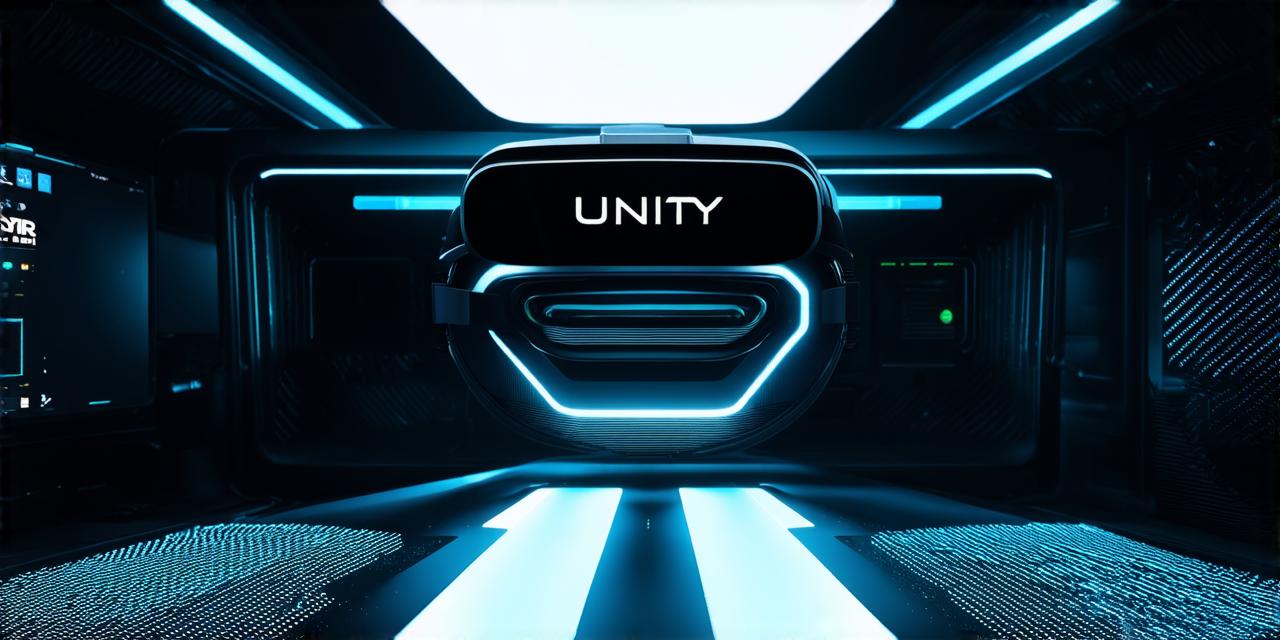What is VR?
Virtual reality is a technology that creates an artificial, computer-generated environment that simulates a real-world or imagined experience. The user wears a headset or other device that tracks their movements and provides a 360-degree view of the virtual world. This allows the user to feel as though they are physically present in the environment, providing a highly immersive experience.
Why Use Unity for VR Development?
Unity is a popular game engine that has been used to create everything from 2D games to complex, interactive experiences. It also has a large and active community of developers who contribute to its development and provide resources and support for those using the platform.
One of the main reasons to use Unity for VR development is its ease of use. Unity has a simple, intuitive interface that makes it easy to create VR experiences without needing specialized knowledge or experience in VR development. Additionally, Unity has built-in support for many common VR hardware platforms, including Oculus and HTC Vive, making it easy to deploy your VR experiences to multiple devices.
Getting Started with VR Development in Unity
Before you can start creating your VR experience, you will need to set up a development environment. This will typically involve installing the latest version of Unity and any necessary plugins or tools.
Once you have your development environment set up, you can begin creating your VR experience. The first step is to design the virtual environment that your users will explore. This will typically involve creating 3D models of objects and environments, as well as defining the rules for how users can interact with these objects.
Next, you will need to write code to control the behavior of your VR environment. This will typically involve using Unity’s scripting language, C, to create custom scripts that define how users can move through the virtual world and interact with objects within it. You may also need to use Unity’s built-in physics engine to simulate realistic physical interactions between objects in your virtual world.
Once you have created your VR environment and written the code to control its behavior, you can test your experience using a VR headset or other device. This will allow you to see how your users will interact with your environment and make any necessary adjustments to improve the overall user experience.
Real-Life Examples of VR Experiences in Unity
There are many examples of VR experiences that have been created using Unity. One popular example is the VR version of the game “Job Simulator,” which allows users to simulate various jobs in a virtual environment. Another example is the VR experience “Beat Saber,” which combines music and rhythm gaming in a highly immersive environment.
FAQs
What hardware do I need to develop VR experiences in Unity?
You will typically need a VR headset or other device that is compatible with Unity, such as an Oculus Rift or HTC Vive.
Can I use Unity to create VR experiences for multiple platforms?
Yes, Unity has built-in support for many common VR hardware platforms, making it easy to deploy your VR experiences to multiple devices.
How do I write code to control the behavior of my VR environment in Unity?
You can use Unity’s scripting language, C, to create custom scripts that define how users can move through the virtual world and interact with objects within it.
